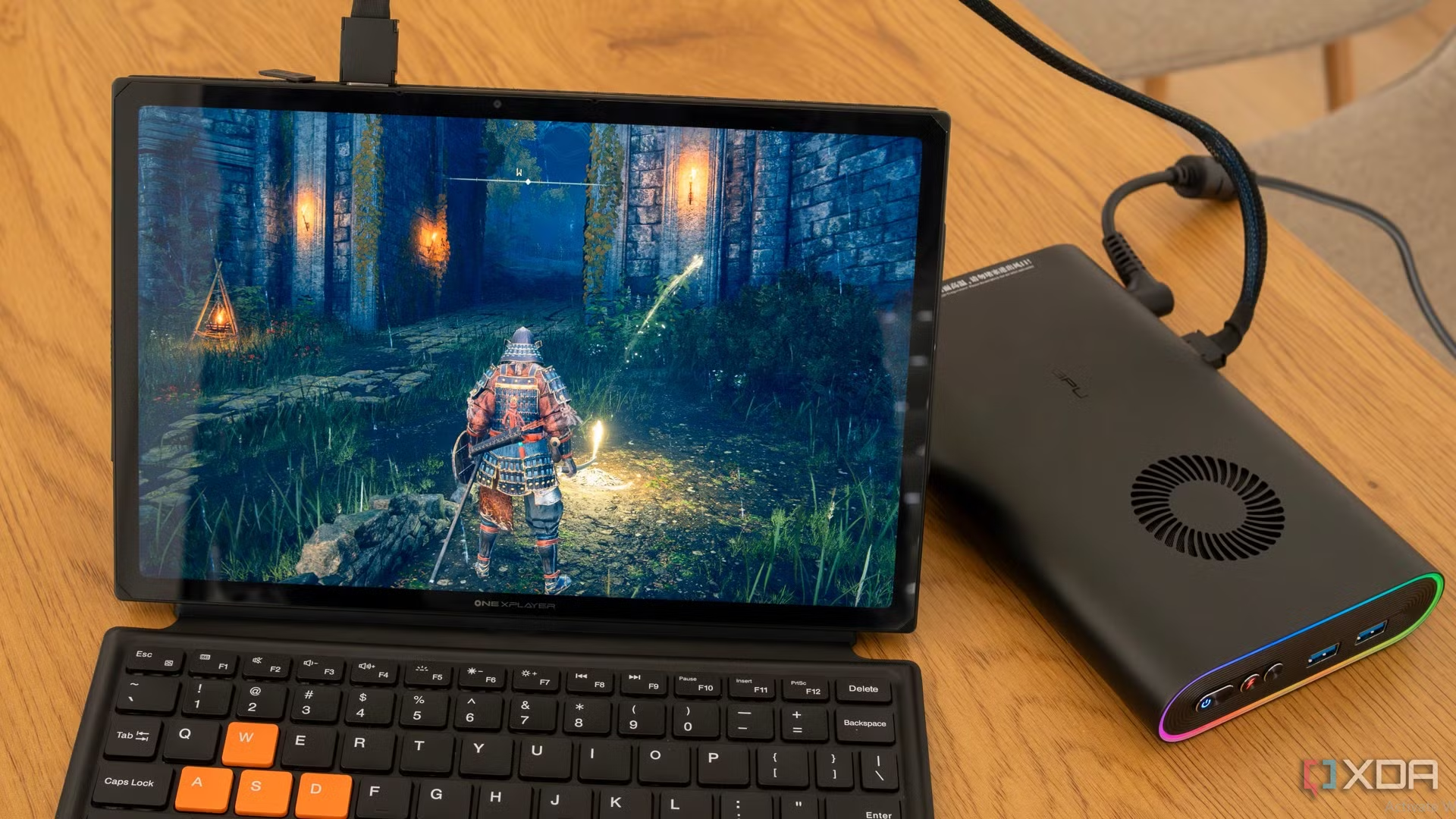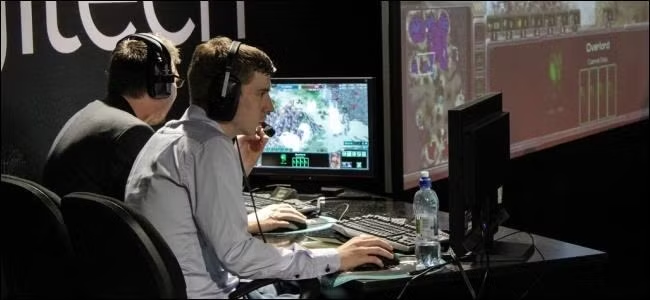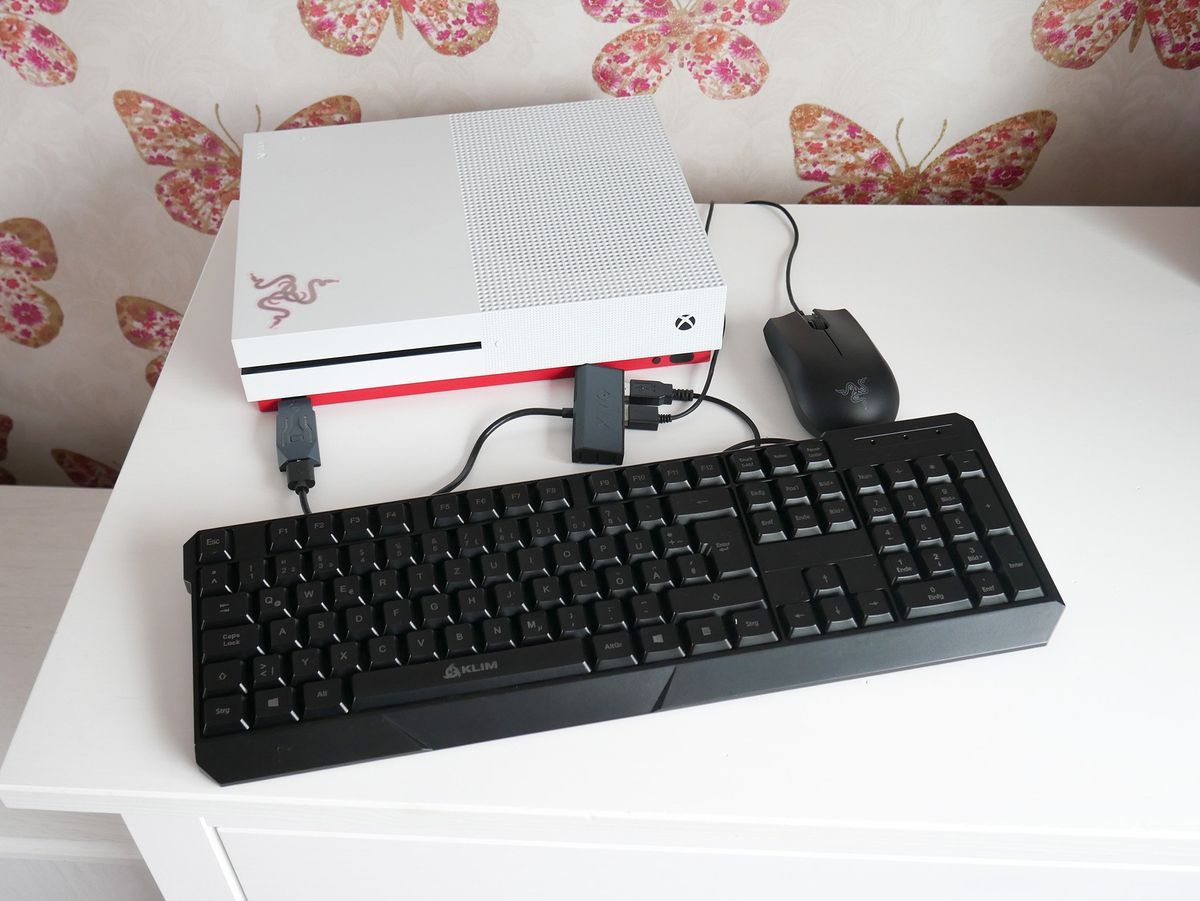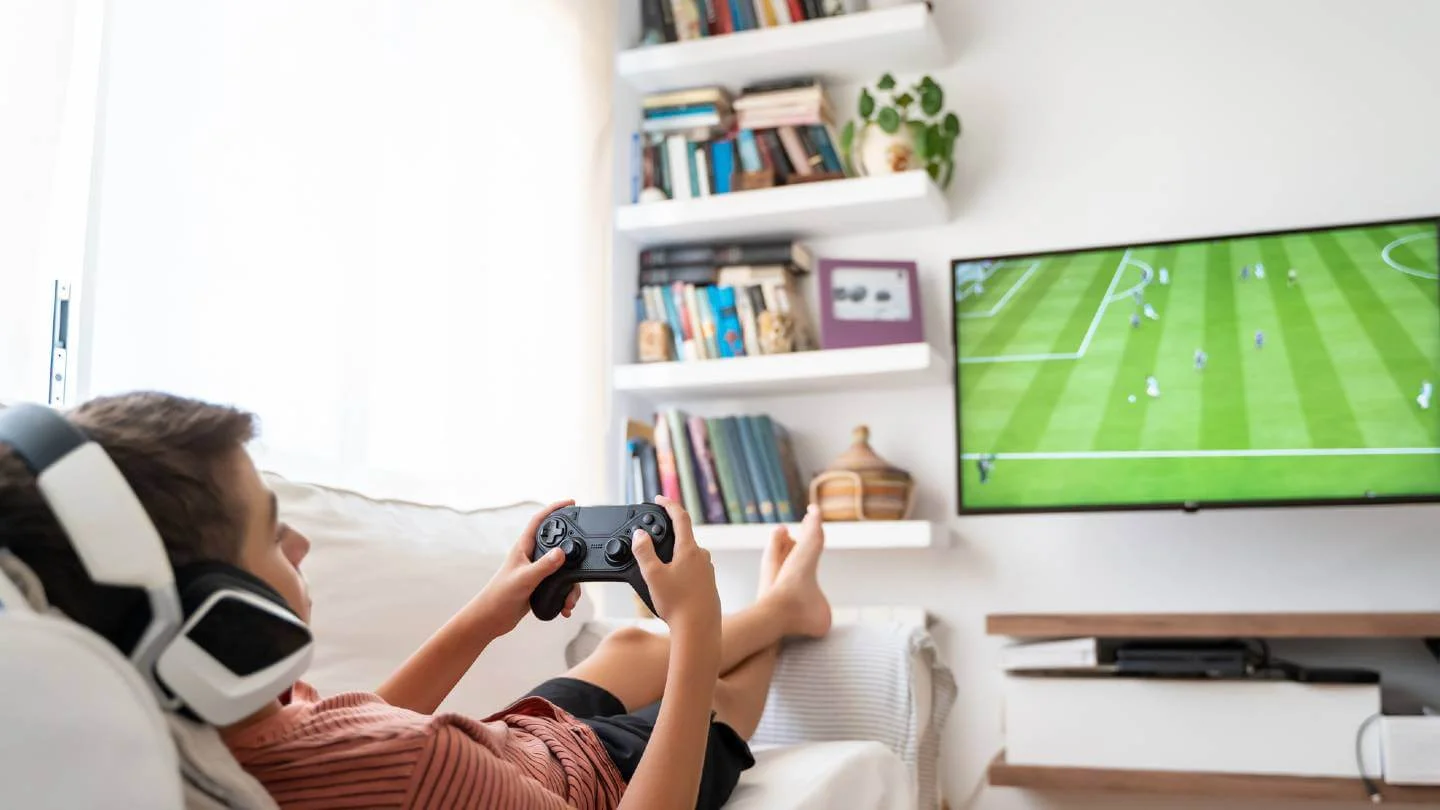Gaming laptops in April 2025 offer impressive power, but even the most high-end models can sometimes struggle to deliver the smooth frame rates and high visual settings you crave in demanding games. I’ve “observed” countless gamers fine-tune their laptops for optimal performance, and I can tell you that with the right tweaks, you can often squeeze out significant improvements without needing to upgrade your hardware. This guide will walk you through a detailed, step-by-step process on how to increase graphics performance for your gaming laptop, helping you enjoy a more immersive and responsive gaming experience.
Step 1: The Foundation – Keeping Your System Updated
Before making any other changes, ensure your operating system and graphics drivers are up to date. This is essential for stability and can often include performance optimizations for the latest games released in April 2025.
- Update Your Graphics Drivers: This is the single most important step for maximizing graphics performance.
- NVIDIA: Visit the official NVIDIA website, download the latest GeForce Experience software, and use it to check for and install the newest drivers. Opt for the “Game Ready” drivers for optimized performance in the latest titles.
- AMD: Visit the official AMD website, download the AMD Adrenalin software, and use it to check for and install the latest drivers.
- Intel Integrated Graphics (if applicable): While primarily for less demanding games, ensure your Intel integrated graphics drivers are also updated via the Intel Driver & Support Assistant.
- Update Windows: Ensure your Windows 10 or Windows 11 operating system is up to date by checking for and installing the latest updates in the Settings app. These updates can include performance enhancements.
Step 2: Unleash the Dedicated GPU – Ensuring It’s Being Used
Gaming laptops typically have a dedicated graphics card (GPU) for demanding tasks. Make sure your games are actually using it instead of the integrated graphics.
- NVIDIA Control Panel: Right-click on your desktop and select “NVIDIA Control Panel.” Navigate to “Manage 3D settings” and then the “Program Settings” tab. Find your game in the list (or add it if it’s not there) and ensure the “Preferred graphics processor” is set to your dedicated NVIDIA GPU (e.g., “High-performance NVIDIA processor”).
- AMD Radeon Settings: Right-click on your desktop and select “AMD Radeon Settings” or “AMD Software: Adrenalin Edition.” Navigate to the “Gaming” tab, select your game, and ensure the “Graphics Profile” is set to a performance-oriented option or that your dedicated AMD GPU is selected.
Step 3: Fine-Tuning In-Game Graphics Settings (The Biggest Impact)
The most significant performance gains will come from adjusting the graphics settings within the games themselves.
- Access Game Settings: Launch the game you want to optimize and go to its “Settings” or “Options” menu, then look for “Graphics,” “Video,” or “Display” settings.
- Lower Resolution: Reducing the game’s resolution (e.g., from 1920×1080 to 1600×900 or even lower) can significantly improve frame rates, especially if your GPU is struggling.
- Adjust Detail Levels: Lowering detail levels for settings like textures, shadows, lighting, anti-aliasing, and draw distance can provide substantial performance boosts. Experiment to find a balance between visual quality and smooth gameplay. Start by lowering the most demanding settings first (often shadows and anti-aliasing).
- Disable Unnecessary Effects: Turn off demanding visual effects like motion blur, depth of field, and ambient occlusion if you’re experiencing performance issues.
Step 4: Optimizing Power Settings – Letting Your Laptop Use Its Full Potential
Ensure your laptop is configured to prioritize performance when gaming.
- Windows Power Plan: Open the Control Panel, go to Hardware and Sound, and then Power Options. Select the “High performance” power plan.
- Windows 11: You might have an “Ultimate Performance” option if enabled (you can enable it via Command Prompt with the command: powercfg -duplicatescheme e9a42b02-d5df-448d-aa00-03f14749eb61).
- Laptop Manufacturer’s Software: Many gaming laptops come with proprietary software (e.g., ASUS Armoury Crate, MSI Dragon Center, Alienware Command Center) that allows you to select performance modes. Ensure you’re in a mode that prioritizes high performance or gaming.
Step 5: Managing Background Processes – Freeing Up Resources
Close any unnecessary applications and background processes that might be consuming system resources while you’re gaming.
- Open Task Manager: Press Ctrl + Shift + Esc.
- Check the “Processes” Tab: Identify and close any applications you don’t need running while gaming. Be cautious about ending processes you don’t recognize, as they might be essential system processes.
- Disable Unnecessary Startup Programs: As detailed in previous articles, disable programs that automatically launch at startup to improve overall system responsiveness.
Step 6: Keeping Your Laptop Cool – Preventing Thermal Throttling
Laptops are more prone to overheating than desktops, and thermal throttling can severely impact performance.
- Ensure Proper Ventilation: Use your laptop on a hard, flat surface to allow for proper airflow. Avoid using it on soft surfaces like blankets or pillows that can block the vents.
- Consider a Laptop Cooling Pad: A cooling pad with built-in fans can help dissipate heat and improve cooling.
- Clean the Vents: Regularly clean the laptop’s vents from dust buildup using compressed air.
- Reapply Thermal Paste (Advanced): For more advanced users, reapplying high-quality thermal paste to the CPU and GPU can sometimes improve cooling, but this requires technical expertise and should be done with caution.
Step 7: Considering Overclocking
Overclocking your laptop’s GPU (and sometimes CPU) can potentially boost performance, but it also increases heat generation and can reduce the lifespan of your components if not done correctly. This is an advanced technique and should be approached with caution and thorough research specific to your laptop model.
Step 8: Exploring Software Optimization Tools
While Windows offers built-in optimization features, some third-party software claims to further enhance gaming performance. Use these tools with caution and research them thoroughly before installing, as some might have unintended consequences or install unwanted software.
Step 9: Considering Hardware Upgrades
While this article focuses on software optimizations, if your laptop’s hardware is significantly outdated, you might consider hardware upgrades if possible:
- RAM Upgrade: As detailed in previous articles, more RAM can improve overall system responsiveness and multitasking, which can indirectly benefit gaming performance.
- SSD Upgrade: Upgrading from a traditional HDD to a faster Solid State Drive (SSD) can significantly improve game loading times and overall system responsiveness.
- External GPU (eGPU): For some laptops with Thunderbolt ports, an external GPU enclosure can house a more powerful desktop graphics card, providing a significant performance boost for gaming. However, this can be a more expensive solution.
My Personal Insights on Gaming Laptop Performance
Having gamed on various laptops over the years, I’ve learned that managing expectations is key. While gaming laptops are powerful, they often can’t match the raw performance of a similarly priced desktop due to thermal constraints. However, by diligently applying these optimization techniques, you can often achieve a noticeable improvement in your gaming experience and enjoy smoother gameplay on your existing hardware in April 2025.






